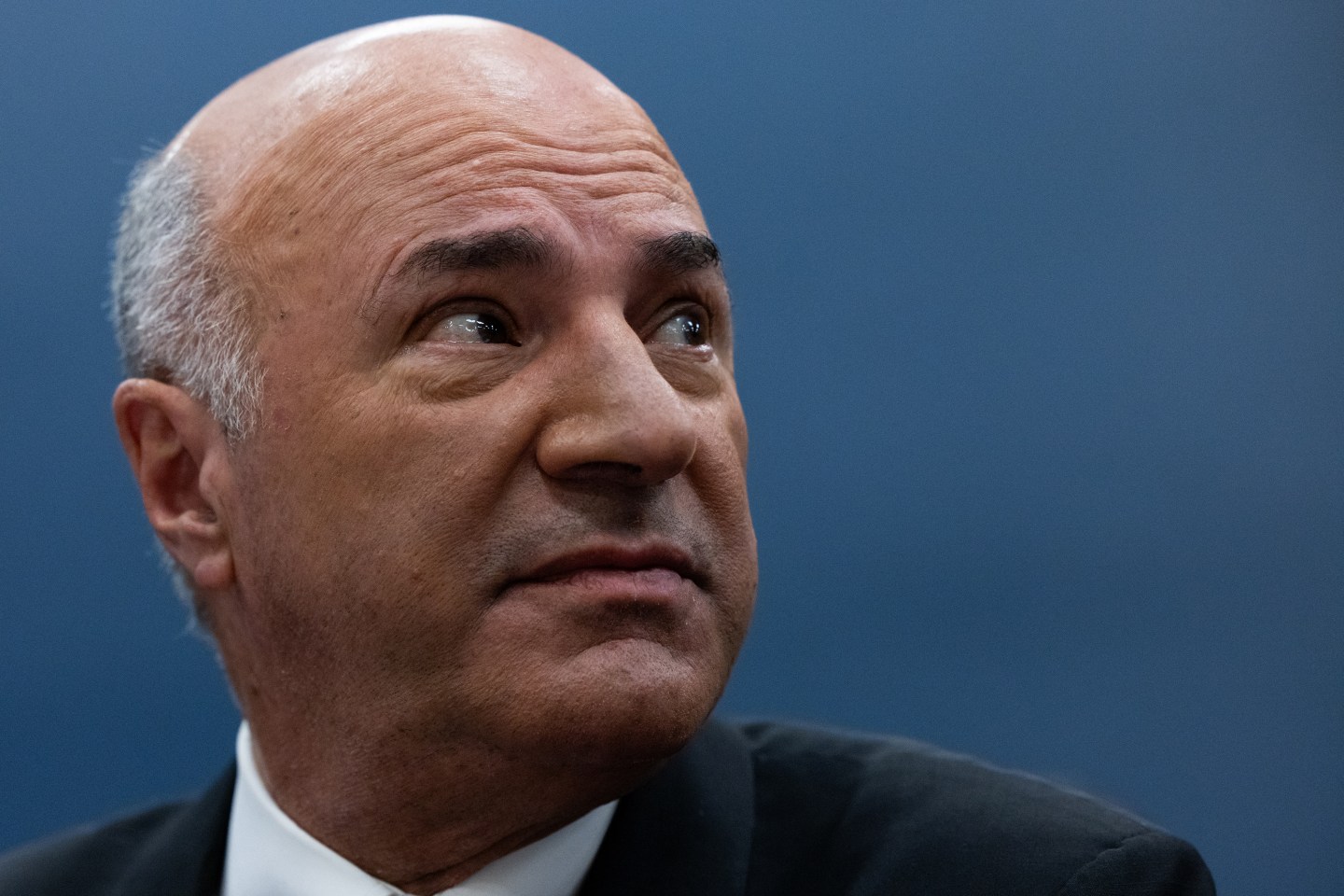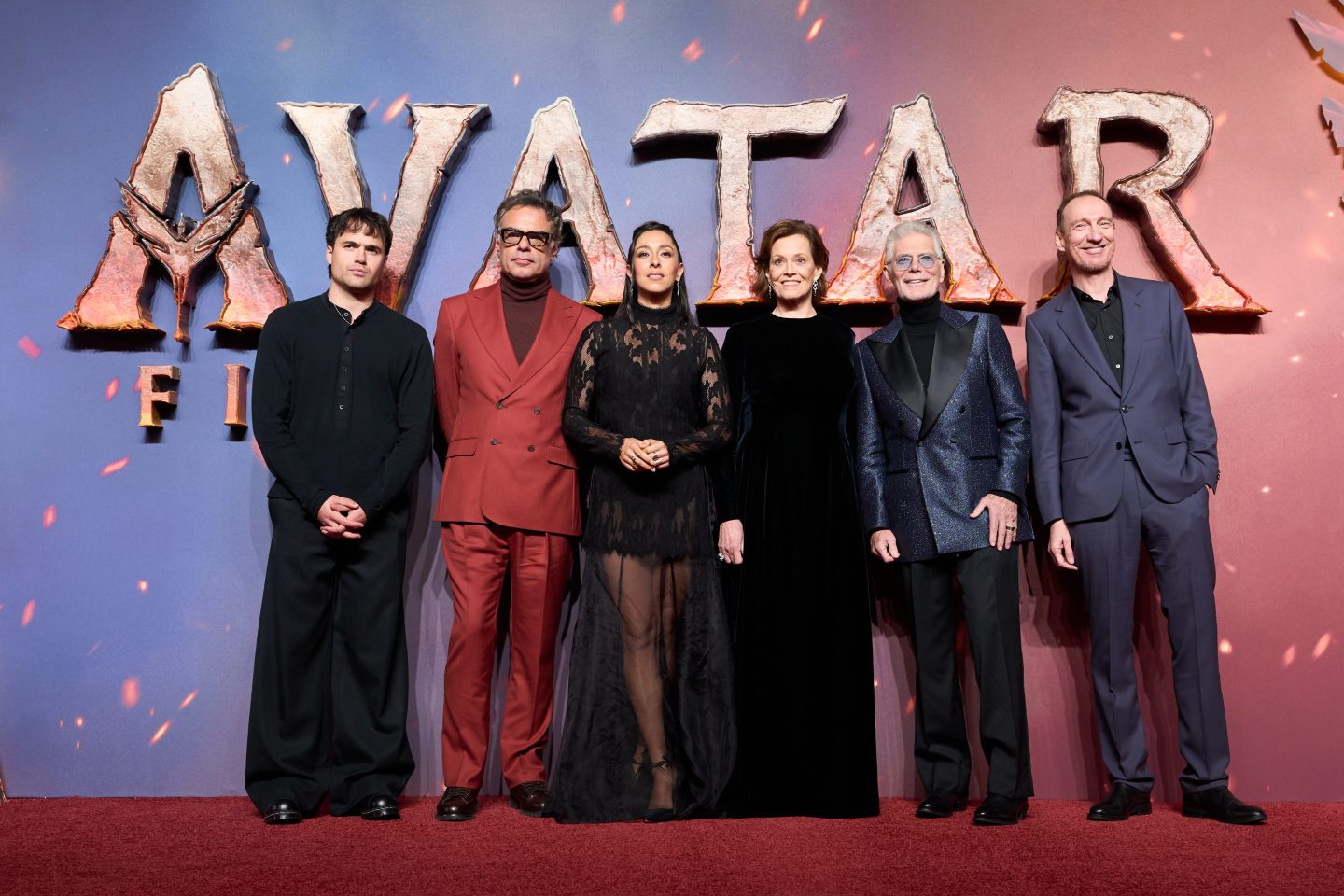Hollywood is hitting the reset button on its game plan to get more teens and adults, especially young men, to see its movies. The plan: make better films based on the video games they’re spending hours playing and watching.
There are an estimated 164 million people in the U.S. alone who play video games, according to the Entertainment Software Association (ESA). Among them, 65% play together. Globally, around 500 million watch e-sports tournaments, in which professional gamers compete.
And the numbers behind e-sports alone are staggering, generating more than $1 billion in 2019, according to NewZoo. U.S. video game sales earned $35.4 billion in 2019, up slightly over 2018, according to the ESA and NPD Group.
That’s only expected to grow at a significant clip as Sony and Microsoft are ready to introduce new PlayStation and Xbox game consoles later this year, which should drive more interest in games.
“The continued economic growth and impact of the industry illustrates what we in the industry see every day—more and more people of all ages and backgrounds love playing video games and are celebrating their unparalleled entertainment,” said ESA president and CEO Stanley Pierre-Louis, while announcing last year’s results.
Increasing competition for content
Games make up a growing percentage of the overall global entertainment market, which collected $101 billion in revenues for the first time in history in 2019, according to the Motion Picture Association. Worldwide box office accounted for $42.5 billion, setting a new industry record.
But that was likely peak moviegoing for a while. With theaters closed during the coronavirus pandemic, and audiences getting used to consuming entertainment at home, box office figures will take a big hit in 2020 and beyond.
That will put studios under increased pressure to figure out ways to get gamers back into the multiplex. And fast.
Not surprisingly, studios are currently planning on adapting the video game industry’s biggest franchises into movies, while taking careful heed not to replicate the mistakes of previous stumbles at the box office.
“Hollywood has always tried to find trends, then create filmed content to ride that wave of popularity. But it took a long time for Hollywood to crack the code with superhero movies,” says Paul Dergarabedian, senior film industry analyst for Comscore. “Now we all accept that superhero movies do well and love them.”
There are at least 20 game adaptations in various stages at the major studios, with Sony’s Monster Hunter, starring Milla Jovovich, still set for release in September. That date may change, though, given that the studio has already moved a number of notable titles, including Ghostbusters: Afterlife, to 2021. Jovovich and director Paul W.S. Anderson had already teamed up on the studio’s successful Resident Evil movies, also based on games. The six films grossed over $1 billion at the box office.

Yet the biggest test in courting teens and adults will be next year’s Uncharted, based on Sony’s popular PlayStation action franchise. The film will star current Spider-Man Tom Holland, Mark Wahlberg, and Antonio Banderas—though instead of coming out in March, it won’t be released until Oct. 2021, owing to disruptions caused by the coronavirus pandemic.
Other high-profile projects include Call of Duty, The Division, Just Cause, Metal Gear Solid, Borderlands, Saints Row, Space Invaders, Minecraft, and a reboot of Mortal Kombat.
A tough challenge ahead
But luring audiences back to the multiplex won’t be easy. An increasing number of gamers are glued to their screens, and not necessarily movie screens.
Box office in the U.S. and Canada fell 4% to $11.4 billion in 2019, down from a record $11.9 billion in 2018, according to the MPA. Admissions fell 5% to 1.2 billion. Movie theaters have largely been losing frequent moviegoers ages 25 to 60-plus since 2017, while numbers for those ages 12 to 24 have remained relatively flat, the MPA says. That demo represents 26% of frequent ticket buyers.
Meanwhile, in 2019, the digital entertainment market grew 18% to $21 billion, according to the MPA. It was up around 29% across the rest of the world, generating $28 billion.
With some titles requiring 40 to 50 hours of play, “gamers are already living their own movie in real time as they’re playing these immersive stories,” Dergarabedian says. “It’s hard to compete with something like that. But sometimes you can win people over with a really great movie.”
Past failures
Yet for every successful Sonic: The Hedgehog that studios cheer about, there’s an Assassin’s Creed—star-studded disappointments that didn’t win over the loyal fans who love the games they’re based on, and resulted in pricey write-downs for their studios.
Those have included Disney’s Jake Gyllenhaal vehicle Prince of Persia; Michael Fassbender’s Assassin’s Creed; Dwayne Johnson’s Doom and Rampage; fantasy epic Warcraft; Fast and the Furious hopeful Need for Speed; and more recently another try at Tomb Raider, with Alicia Vikander replacing Angelina Jolie as the gun-toting adventurer Lara Croft. The trend stretches all the way back to 1993’s Super Mario Bros.
“The quality of the video game movie has been very inconsistent, and thus the genre has been painted with a broad brush of condescension and marginalization,” Dergarabedian says. “There hasn’t been a combination of critical raves and box office successes.”
Still, “every time there’s an unexpected success, it gives everyone new hope for a genre,” he adds. “But it can’t be just one every five or 10 years.”
Dergarabedian points to the string of successes Marvel has enjoyed with its franchises and cinematic universe. “Once you get that kind of consistency that’s how you create a new image of a genre in the minds of moviegoers.”
Powered by PlayStation
Empowered by its popular video game console, Sony is making a serious effort to win over gamers.
It launched PlayStation Productions in 2019 to adapt its catalog of more than 100 exclusive games into movies and TV shows, which include God of War, Ratchet & Clank, Crash Bandicoot, and Spyro the Dragon.
Sony, in particular, is hungry for new franchises, after struggling to reboot Men in Black, Charlie’s Angels, and an all-female Ghostbusters. It finally found success with a third Bad Boys, in January.
Ironically, the studio breathed new life into Jumanji, whose plot revolves around its characters’ being sucked into a video game, even though the films aren’t based on one.
Cracking the code
By putting gamers in control of game-to-film adaptations, Sony thinks it can crack the code to connect with the community it’s trying to attract.
But for some projects, TV may be the better answer.
Sony’s The Last of Us, an action-adventure story of a smuggler who escorts a teenage girl across a post-pandemic United States, has engrossed players with hours of game play, and its producers realized the breadth of the story and situations may be better suited for the small screen.
The film version is now set up as a series at HBO, under the guidance of the creators of HBO’s critically acclaimed miniseries Chernobyl.
Similarly, a big-budget live-action adaptation of Microsoft’s Xbox hit Halo is set up at Showtime.
Taking the time
Hollywood hasn’t necessarily been in a hurry to adapt games into films.
Uncharted, which debuted as a game in 2007, has been in development at Sony since 2009, and just signed on its seventh director, Ruben Fleischer, who was behind the studio’s Spider-Man spinoff Venom. The Uncharted games ended their run with sequels in 2017.
Production on the film was supposed to begin in Berlin in April, but has been delayed till at least June as a result of the pandemic. Other projects are also likely to be moved as studios reshuffle their release schedules and pause start dates.

Halo, as a TV show, has been in the works in some form for six years, with the first nine episodes set to debut in 2021. It was set up as a movie before that.
If Sonic proved anything, it’s that studios may be going after the wrong audience with its game adaptations.
Most of the game-to-film projects target males, who make up 54% of gamers in the U.S., according to the ESA. The average player is 32, with 83% of millennial male gamers focused on action games. That would be a perfect audience for Call of Duty films.
But Sonic’s success is largely attributed to families, who represented 49% of the audience on opening weekend, making it the biggest debut for a video game film ever. Sonic has earned $300 million worldwide to date.
Kids and their parents also turned out for last year’s Pokémon Detective Pikachu, grossing $433 million worldwide, and the first Angry Birds movie, based on the popular mobile game. But not so much for last year’s Angry Birds sequel, which earned $155 million worldwide, compared with its predecessor’s $352 million.
Looking ahead, Sony may want to focus more on its kid-friendly games like Ratchet & Clank, Crash Bandicoot, and Spyro the Dragon for some quick wins with moviegoers. Like Sonic, all have a built-in following after years of sequels and reboots, and would attract younger audiences, thanks to their animated wisecracking animal characters.
The other option is to limit the budget and replicate the John Wick model, going after younger male audiences. Combined, the three films in the series have earned more than $580 million worldwide. The first film cost $20 million to make.
“Authenticity is what’s needed” to win over gamers, Dergarabedian says. “People don’t like their video games, they love their video games. You can’t mess around with that. You need the gamers on board so they tell people to see it. They’re the influencers. With Sonic, the gamers spoke, and that paid off.”
More must-read stories from Fortune:
—How movie theaters can make a comeback after the coronavirus pandemic
—How Mrs. America designers revived a ’70s feminist showdown
—Peacock’s early preview kicks off, with the national launch still on track for July
—Tigertail director Alan Yang on making the past not “a memory, but a beautiful dream”
—Disney+ reaches 50 million subscribers within 5 months
Follow Fortune on Flipboard to stay up-to-date on the latest news and analysis.











